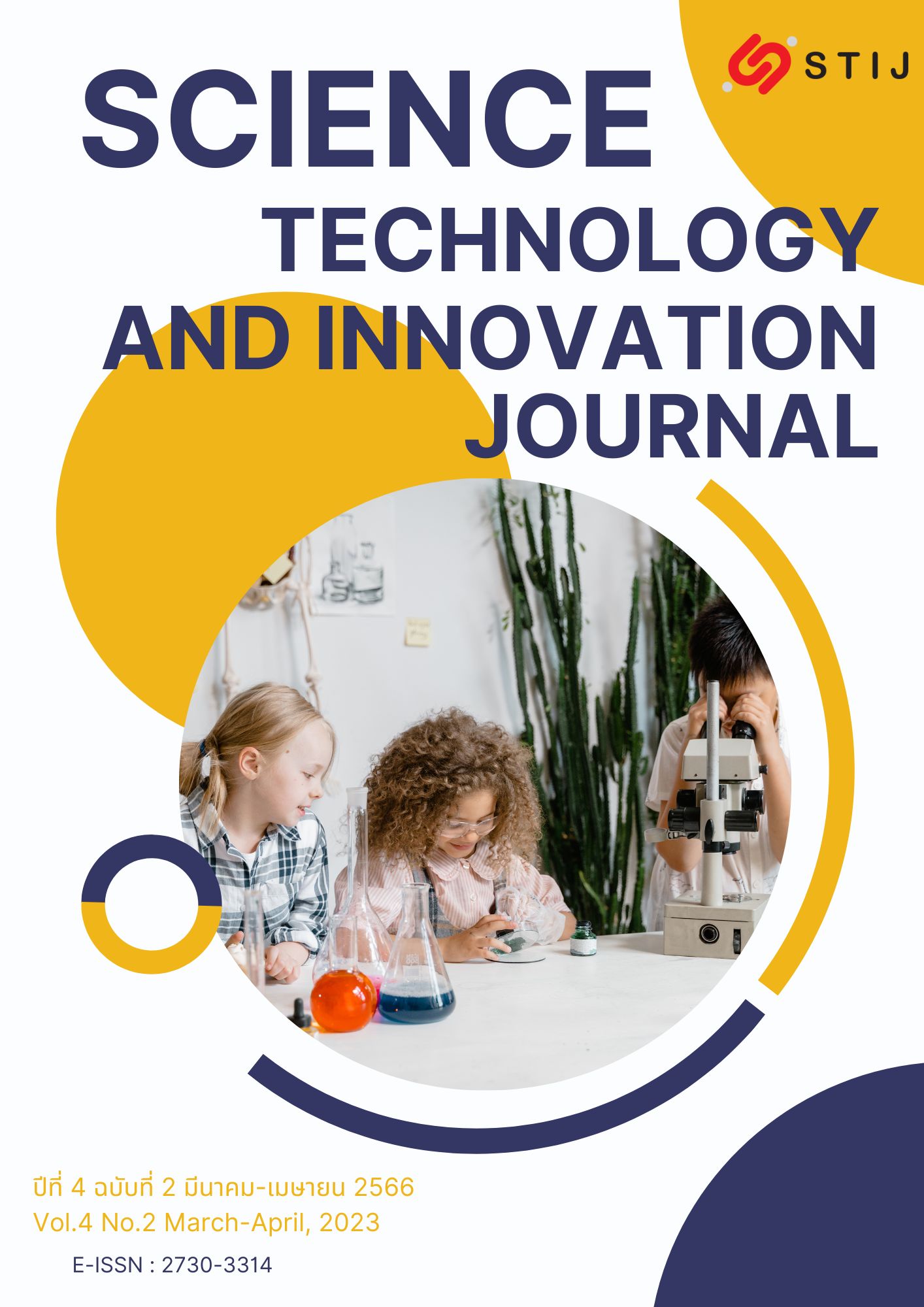A Study of the Mechanical Properties of Prestressed Soil Walls
Keywords:
Rammed Earth, Modulus of Rupture, Mechanical Properties, Cement Stabilized, Axial loadAbstract
The purposes of this research were to determine the optimum ratio of prestressed earth wall construction using local soil. and to test the mechanical and physical properties of the prestressed soil walls. Analyze the physical properties of the soil in 9 ratios (cement: sand: soil: water) to classify soil types. The variable depends on the cement content and the water cement ratio (w/c). Determine the best mixed set based on considering of the highest compressive strength, flexural strength and water absorption of compressed soil and follow by determine of the water absorption. The tests were conducted various curing periods of 7, 28 and 56 days. The results showed that laterite soil is a type of poorly graded sand (SP), the same size of gravel, gravel sand and little or no fine grains. The amount of water absorption and density tended to increase with increasing duration. The C1W2 (1: 2: 3: 0.5) sample mixture ratio show the highest compressive strength was 132.93 kg/cm2. This mixing ratio was tested for the highest modulus of rupture which was greater than 0.275 MPa. This prestressed soil wall can withstand the force of not less than 4,100 kg/cm2.
References
Venkataraman, B. V., R. and Prasanna P. (2009). Role of Clay Content and Moisture on Characteristics of Cement Stabilized Rammed Earth. In Proceedings of the 11th International Conference on Non-conventional Materials and Technologies (NOCMAT2009). 6-9 September 2009. Bath. UK.
สำเนียง องสุพันธ์กุล, วราธร แก้วแสง และสาโรจน์ ดำรงศีล. (2559). พฤติกรรมทางกลของผนังดินซีเมนต์บดอัดภายใต้แรงกดอัดสำหรับบ้านดิน. ประชุมวิชาการระดับชาติ มหาวิทยาลัยเทคโนโลยีราชมงคลรัตนโกสินทร์, ครั้งที่ 1, โรงแรมไมด้า ทวารวดี แกรนด์ นครปฐม, วันที่ 10-11 สิงหาคม 2559
มณเทียร กังศศิเทียม. (2543). กลศาสตร์ของดินด้านวิศวกรรม. ปี 2543, หน้า 50-51.
American Society for testing and Materials. (2001). ASTM C 109M-99: Standard Test Method for Compressive Strength of Hydraulic Cement Mortars (Using 2-in or [50 mm] Cube Specimens)
American Society for Testing and Materials, ASTM C 128-97: Standard Test Method for Specific Gravity and Absorption of Fine Aggregate
American Society of Testing Materials ASTM C78: Standard Test Method for Flexural Strength of Concrete (Using Simple Beam with Third-Point Loading)”
Draper, N.R. and Smith, H. 1966. Applied Regression Analysis. New York: John Wiley & Sons. P.407
ภัทรนันท์ ทักขนนท์. (2556). การก่อสร้างแบบดินอัด: ทางเลือกสำหรับสถาปัตยกรรมยั่งยืน. สาขาวิชาเทคโนโลยีทางอาคาร คณะสถาปัตยกรรมศาสตร์ มหาวิทยาลัยเกษตรศาสตร์
วราธร แก้วแสง. (2555). พฤติกรรมทางกลของผนังดินซีเมนต์บดอัดภายใต้แรงดัด. การประชุมวิชาการแห่งชาติมหาวิทยาลัยเกษตรศาสตร์ วิทยาเขตกำแพงแสน, ครั้งที่ 9, สาขาวิชาวิศวกรรมโยธา คณะวิศวกรรมศาสตร์ มหาวิทยาลัยเอเชียอาคเนย์ กรุงเทพฯ.
Moh, Z.C., 1965, “Reaction of Soil Minerals with Cement and Chemicals,” Highway Research Record 86, Washington, 39-61.
Additional Files
Published
How to Cite
Issue
Section
License
Copyright (c) 2023 Science Technology and Innovation Journal

This work is licensed under a Creative Commons Attribution-NonCommercial-NoDerivatives 4.0 International License.
1. Every article published must be considered academic quality from 3 peers review experts per article.
2. The text or comments in this issue of science, technology and innovation journals belong to the author of the article. The journal organizers do not need to agree.
3. The editorial department of Science, Technology and Innovation Journal does not claim copy rights but provides references.


